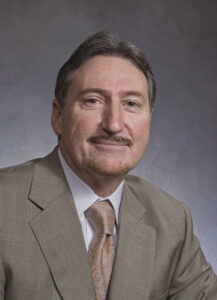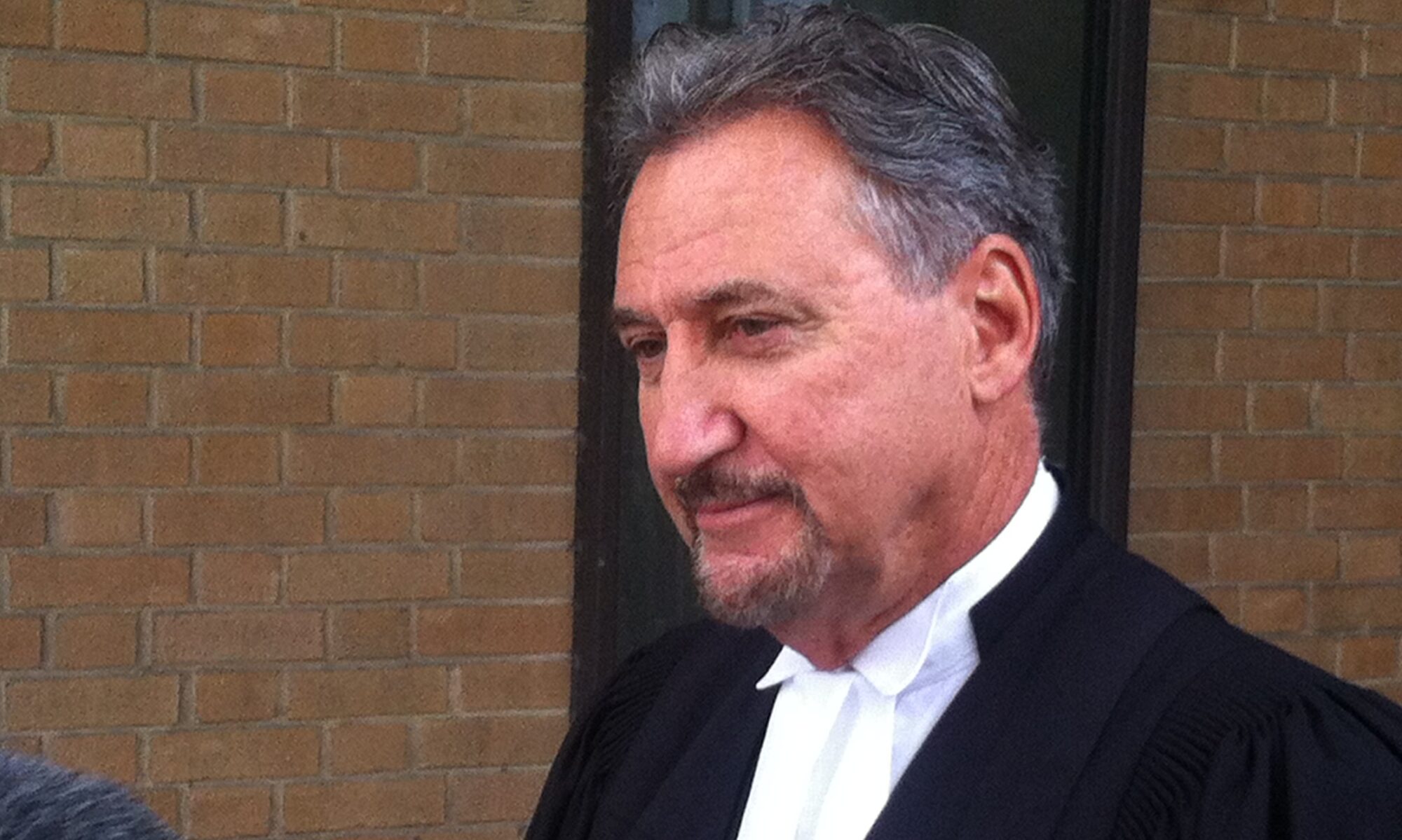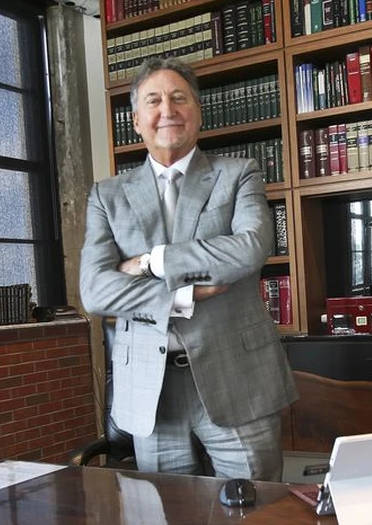 |
| Patrick J Ducharme |
Generally all proceedings are in public. Members of the public may be excluded if it is in the interest of public morals, the maintenance of order or the proper administration of justice to exclude. If there is exclusion, reasons must be provided. Maintaining the proper administration of justice includes protection of child witnesses. Further, the trial Judge may make an order directing that the identity of a complainant not be disclosed or published. These powers are contained in section 486:
486(1): Any proceedings against an accused shall be held in open court, but the presiding Judge or Justice may order the exclusion of all or any members of the public from the court room for all or part of the proceedings if the Judge or Justice is of the opinion that such an order is in the interest of public morals, the maintenance of order or the proper administration of justice or is necessary to prevent injury to international relations or national defence or national security.
Continue reading “Pre-trials: Support Persons Screens and Other Protections”



